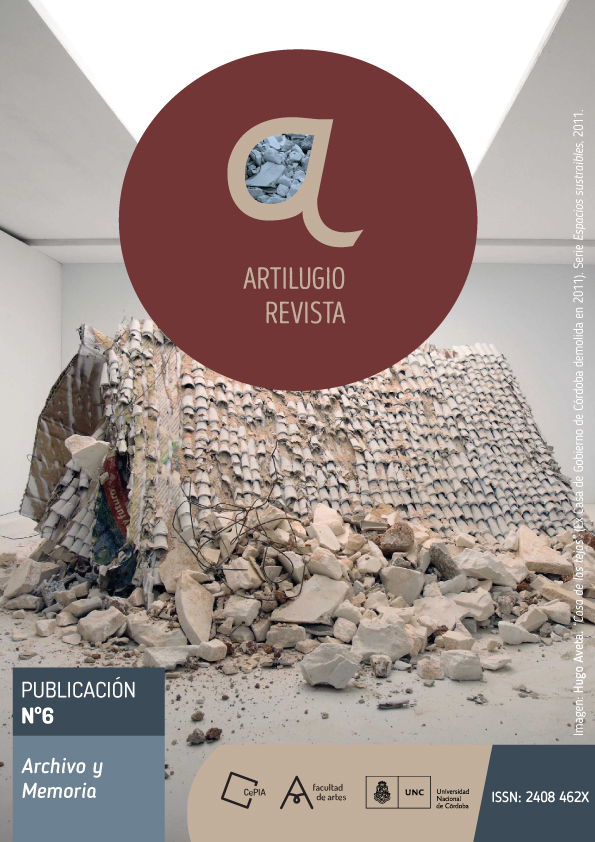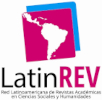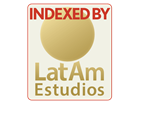Carandiru Red. Memory and massacre in visual terms
DOI:
https://doi.org/10.55443/artilugio.n6.2020.30032Keywords:
archives, visual arts, Carandiru, imaginaries, memoryAbstract
At the beginning of the 21st century, artist Lygia Pape presented Carandiru, an installation characterized by the use of the red color, in a direct allusion to both the 1992 massacre in the São Paulo penitentiary and the genocide of indigenous peoples during colonial Brazil. The materiality of the works highlighted the dramatic dimension of both events and opened up a series of meanings that are in turn linked to Latin American history and Brazilian art. This topic had been addressed by Nuno Ramos in 1992 (the year of the killings in the penitentiary) in 111, a striking installation made up of stones, light bulbs and tar as basic elements. Based on the book Estação Carandiru by Drauzio Varella, film director Héctor Babenco shot Carandiru (2003), where he portrayed the massacre committed by the military police. This work proposes a revision of visual aspects linked to archives and memory based on given cultural imaginaries including installations, objects and films, where the massacre is represented from different aesthetic, political and poetic modalities.
Downloads
References
Aguilar, G. (2007). “El melodrama y la prisión en las películas Deshonra y Carandiru”. Nueva Sociedad N° 208, abril-mayo 2007, pp. 162-178. Recuperado de https://www.nuso.org/autor/gonzalo-aguilar/
Cóccaro, V. (2017). “111 de Nuno Ramos: la imagen ausente, una supervivencia”. En Lucero, M. E. Políticas de las imágenes en la cultura visual latinoamericana. Mediaciones, dinámicas e impactos estéticos. Rosario: UNR Editora, pp. 236-241.
Duarte, P. (2002). “Risco e invenção”. En Lygia Pape, Catálogo de exposição. Rio de Janeiro: Centro de Arte Hélio Oiticica, pp. 10-13.
Foucault, M. (2007). El nacimiento de la biopolítica. Buenos Aires: Fondo de Cultura Económica.
Huyssen, A. (2007). En busca del futuro perdido. Cultura y memoria en tiempos de globalización. México: Fondo de Cultura Económica.
Lucero, M. E. (2019). Memorias de Brasil y Cuba. Gestos decoloniales, prácticas feministas. Rosario: HyA Editora.
Merewheter, Ch. (edited by) (2006). The Archive. Documents of Contemporary Art. Cambridge: MIT Press/Whitechapel Gallery.
Schaeffer, J. M. (2012) Arte, objetos, ficción, cuerpo. Cuatro ensayos sobre estética. Buenos Aires: Biblos.
Siracusano, G. (2005). El poder de los colores De lo material a lo simbólico en las prácticas culturales andinas (siglos XVI-XVIII) Buenos Aires: Fondo de Cultura Económica.
Wittgenstein, L. (1994). Observaciones sobre los colores. Barcelona: Paidós.
Babenco, H. (director). (2003). Carandiru [largometraje]. Brasil/Argentina: Sony Pictures/HB Films
Downloads
Published
Issue
Section
License
Copyright (c) 2020 María Elena Lucero

This work is licensed under a Creative Commons Attribution-NonCommercial-ShareAlike 4.0 International License.





































